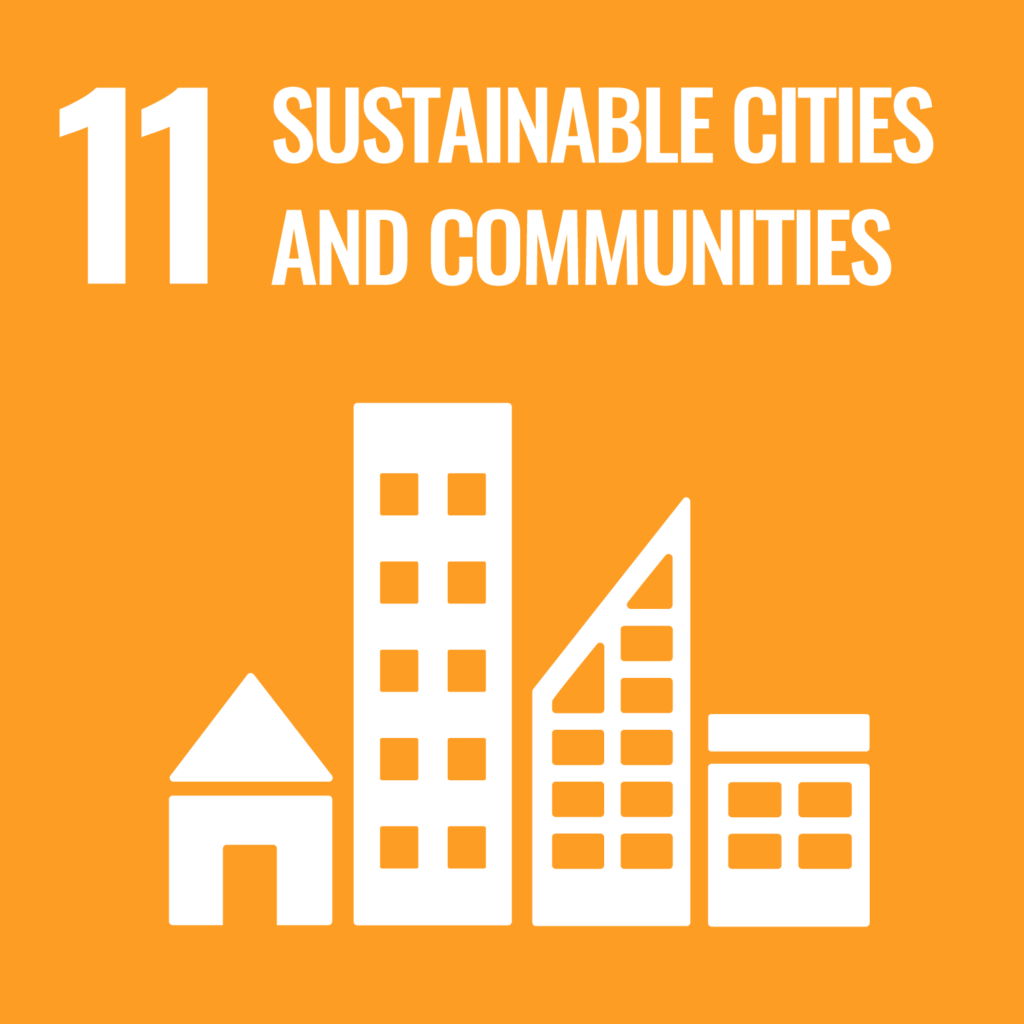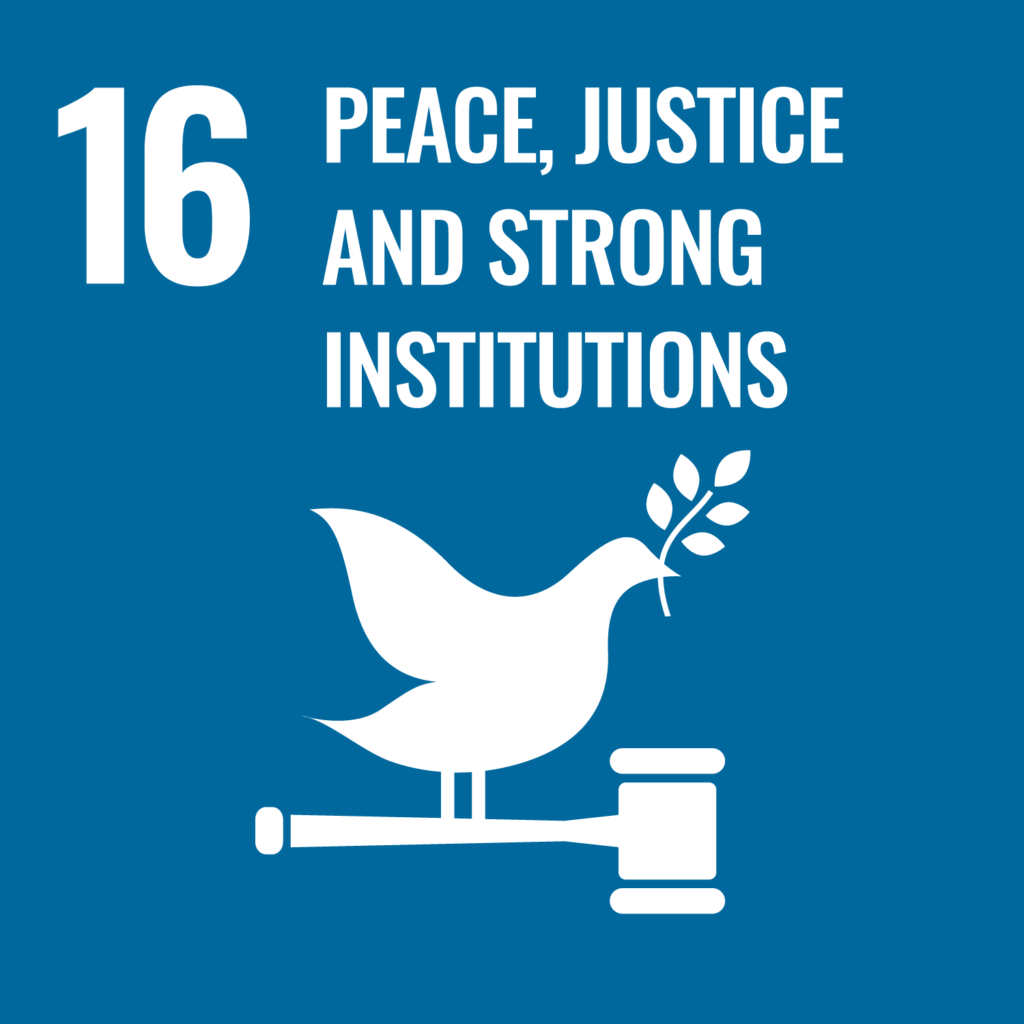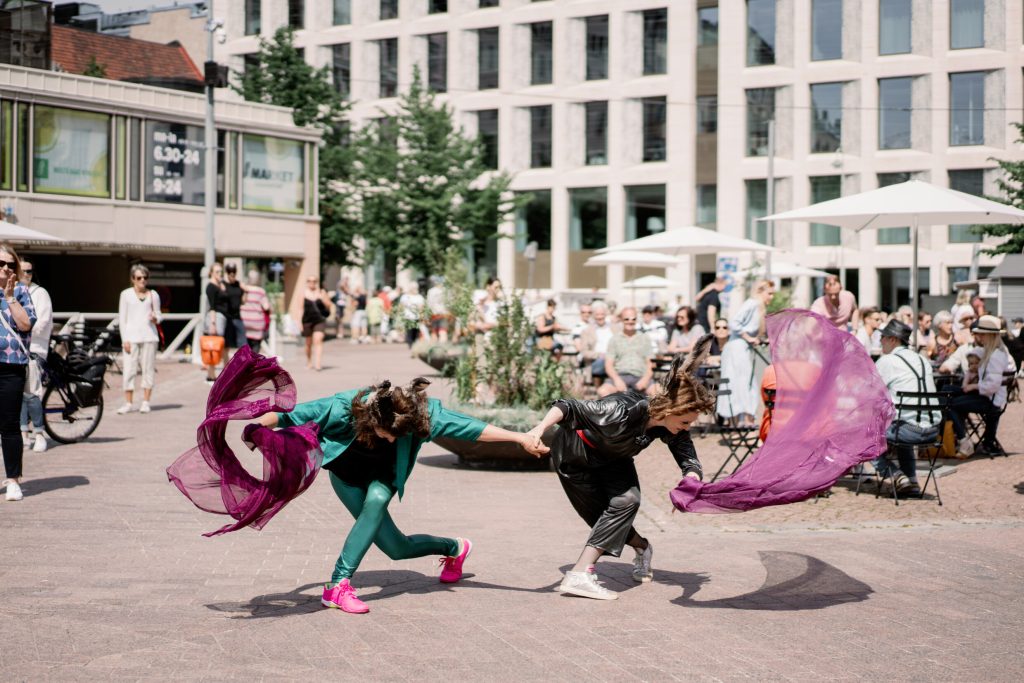

Art and culture help face and change the future
Culture and art have a role to play in Helsinki: they create and strengthen the identity and meaning of communities and individuals, and act as a compass for the future. Through culture, we strengthen the well-being of both individuals and communities. Helsinki has more cultural offerings than the rest of the country, and the regional accessibility of culture is very good in Helsinki (Official Statistics of Finland 2021). The wealth of cultural offerings is linked to the size and capital status of the city. In 2023, the City of Helsinki’s supply of cultural services already recovered to a level close to that before the COVID-19 pandemic. The Helsinki Philharmonic Orchestra, the City’s cultural centres, the City Museum and other cultural services drew visitors back to cultural events. In 2023, they reached a total of 1.2 million visitors, which is around 1.8 visits per Helsinki resident, compared to around 2.5 visits per Helsinki resident in 2019 before the pandemic. The number of visitors to libraries increased by 24% in 2023 compared to the previous year.
Helsinki residents are more avid consumers of culture than other residents of the Helsinki Metropolitan Area, but there are large differences between people with different educational backgrounds in the capital as well, according to the 2021 Well-being Survey for the Helsinki Metropolitan Area. While one in two people with a tertiary education attends an art or cultural event at least once a month, the corresponding figure for people with a basic level of education is only 15%. In contrast, income level is not linked to the consumption of culture. In fact, group-based cultural activities are more common among people with a low income than among people with a higher income. Other research evidence has revealed that groups excluded from cultural services include, in particular, young people with a low level of education and low income, and men, who are less likely than women to attend cultural events.
Accumulating research evidence suggests that arts and culture have causal effects on well-being. There are many mechanisms behind these effects, and some of them come through health behaviours, as the lifestyles of those who enjoy culture are healthier than those who avoid it. In light of the results, a deterioration in the state of health over the previous year reduced both visits to cultural events and cultural group activities. The results suggest that arts and culture should also — and perhaps especially — be available to those struggling with various well-being challenges.
The City of Helsinki works in partnership with cultural operators and artists, distributing around EUR 18 million annually in support of art and cultural activities. In addition to this, the City provides grants to educational institutions providing basic arts education. In 2024, the City allocated a total of two million euros of state inheritance funds to promote the physical activity and cultural activities of older people. The supported projects will strengthen the participation and active agency of older people. The criteria for awarding these grants include the consideration of equality, non-discrimination and ecological aspects in the organisation of the activities.
Libraries are the backbone of culture, and cultural centres are the hearts of neighbourhoods
The City of Helsinki’s extensive library institution serves all Helsinki residents in almost all neighbourhoods. Libraries are a kind of backbone of culture — easily accessible and free of charge, they are meeting places where you can find not only information but also cultural experiences, equipment for various activities and facilities for gathering. Helsinki has 37 regional libraries, two mobile libraries and two hospital libraries and five service points at service centres. The library has been able to renew itself as the city has changed. The library also offers Helsinki residents services such as the Multilingual Library and eLibrary, which contains thousands of books, magazines, newspapers, films, music, courses and databases. The library is an important place for learning and literacy, serving residents from infancy to old age.
There are cultural centres in four neighbourhoods in Helsinki. The inner city is home to the Annantalo children’s cultural centre and the diverse arts and culture centres Savoy and Caisa. The future role, mission and way of working of the local cultural centres have been built from 2023 onwards through vision work involving around 2,400 residents. Residents’ views are the basis for planning the future in the vision work. City residents and other stakeholders need cultural centres that serve as meeting places that strengthen community spirit and highlight the stories, points of pride and cultures of their area. City residents who participated in the vision for the future of cultural centres wanted cultural experiences clearly targeted at different groups, as well as physical activity and creative activities that are made as easy as possible to participate in.
The current local cultural provision is also complemented by the Helsinki Model, which aims to balance and diversify the arts and cultural provision in the city’s neighbourhoods. During the third project period, 2022–2024, the Helsinki Model’s activities were targeted at the areas of Tapulikaupunki–Suutarila, Kontula, Malmi and Pihlajamäki–Pihlajisto with a total grant budget of EUR 600,000. From 2024 onwards, the activities will be targeted at the suburban regeneration areas of Malminkartano, Kannelmäki, Malmi, Mellunkylä and Meri-Rastila, which are being developed in City-wide cooperation.
The aim is to develop the suburban regeneration areas comprehensively through art and culture: in the summer of 2024, Malmitalo organised a month-long urban festival in the Ala-Malmi Park: concerts, a circus, workshops, park exercise classes, urban dances, flea markets and picnics invited residents to enjoy the area and its events together.
Cultural diversity
Sustainable development requires that cultural diversity is recognised and nurtured. This relates to how different cultures can thrive and maintain their identity in the face of globalisation and other changes. In Helsinki, cultural diversity has been promoted by targeting activities at children, older people and socio-economically disadvantaged neighbourhoods. Cultural diversity and better accessibility of minority cultures have also been a focus of work in cultural services.
The aim of cultural services has been to develop content production from a diversity perspective. The target group analysis of the services, carried out and discussed with staff, has led to a better understanding of the minorities included in the activities and the groups excluded from them, among other things. The aim is to strengthen the agency and participation of minority groups in cultural services, so that cultural services can reach and represent the residents of Helsinki better. In particular, the activities of Caisa, a cultural centre managed by the City of Helsinki, support the strengthening of diversity and inclusiveness in the City’s cultural and art activities. The City also pays attention to the role of the Swedish language and the promotion of bilingual culture, as well as regional equality. Through the Multilingual Library, the libraries offer books, audio books, newspapers and magazines in over 80 languages for children, young people and adults. You can borrow materials from the Multilingual Library through your local library. Culture is used to strengthen the identity of the different areas of Helsinki.
Thanks to the trials of the Demokratiakahvila (Democracy Café) project that ran at Itäkeskus Library from 2021 to 2023, the Eid celebration has established itself as part of the events programme at Cultural Centre Stoa in Itäkeskus. In addition to this, events celebrating cultures were taken into account in the service design of Cultural Centre Stoa as one of the main objectives of its activities and in the planning of the future renovation. During the project, Itäkeskus Library launched a fortnightly book club in simplified language and Finnish language help for adults. These activities will also continue after the end of the project, and they are both aimed at supporting the learning of the Finnish language. The project’s activities reinforced the understanding that serving a diverse population requires a diverse staff — for example, library staff should reflect the cultural and linguistic make-up of the area. This relatability makes the library even more inviting to many residents. It is important to create structures for the development of multicultural services that can be replicated and extended to all cultural and leisure services.
Focus on children
In the promotion of children’s culture, the City of Helsinki aims to orient its activities in such a way that it can ensure equal opportunities for all children to experience art and culture. The City also implements UNICEF’s Child Friendly Cities model. At the heart of the activities is Annantalo Arts Centre for Children and Young People, which coordinates activities such as the 5×2 art education for all of the City’s primary schools, introducing around 4,400 children each year to artistic activities under the guidance of professional artists at the City’s cultural centres.
In addition to basic art education, hobbies in art, music and culture are supported by the Youth Services’ hobby groups and the Finnish Model for Leisure Activities. The Finnish Model for Leisure Activities is a form of activity included in the Youth Act in 2023, which aims to provide an opportunity for hobbies for all pupils in grades 3–9. Free after-school activities bring hobbies closer to also those children and young people who have fewer opportunities to try out different activities. The Finnish Model for Leisure Activities allows us to create pathways for long-term hobbies.
All Helsinki residents born in or after 2020 are invited to become Culture Kids. The Culture Kids sponsors organises activities for the children based on their stage of development until they start school. The Culture Kids sponsors include around 30 arts and culture operators. By the summer of 2024, around 18,000 Culture Kids had already joined the activity. The participating operators work together on ways of implementing culturally responsible art and cultural education.
Age-friendly cultural services
The City of Helsinki wants to ensure that all older people in Helsinki have the opportunity to get out and about, be active citizens, develop their skills, participate and experience art and culture, regardless of their circumstances, such as age, physical condition, financial situation or place of residence. The operating models of cultural work with older people and age-friendly cultural services have contributed to increasing opportunities for older people in Helsinki to participate in art and culture, as both creators and experiencers. For example, the Lämpiö remote culture platform for older people increases accessibility, and the Suitcases of Memories from the City Museum’s collections and local events produced by cultural centres lower the threshold for participation. City-supported projects have included the development of aerial acrobatics for older people and the production of contemporary dance performances with professionals, among other things.
Engaging vulnerable residents in cultural services
The national Sustainable Growth Programme has been building a systematic guidance model, where social services and healthcare professionals guide vulnerable residents towards cultural and leisure services. The work to develop this model is still ongoing. Multi-sectoral funding models and the design of services to meet the needs of vulnerable people will be particular areas for future development.
Successes:
- Individual artists and art institutions, as well as many other cultural operators, constantly raise issues of sustainable development in their public activities and produce works that increase the understanding of Helsinki residents on these issues and their ability to find creative solutions to the challenges that arise.
- The promotion of cultural equality has been made an important priority throughout the cultural sector. In particular, the City has identified children, older people and vulnerable residents of Helsinki as groups whose cultural rights should be focused on.
- The target groups’ voice has been strengthened, and knowledge and understanding of phenomena related to the target groups is shared across sectors and with third sector operators, among others.
Areas for development:
- The visibility and involvement of different minorities in the planning and implementation of cultural services and the inclusion of content relevant to them in the provision of cultural services must be increased.
- More discussion and common understanding is needed among cultural and art operators on the principles of art and culture education and other cultural activities that take into account diverse cultural backgrounds.
- Skills on diversity and inclusion issues must be developed in cultural services at all levels (senior management, supervisors, operational staff) through training and a shared vision on diversity.
- The design of services to meet the needs of vulnerable people and multi-sectoral funding models for the provision of cultural services to vulnerable people require further development.

